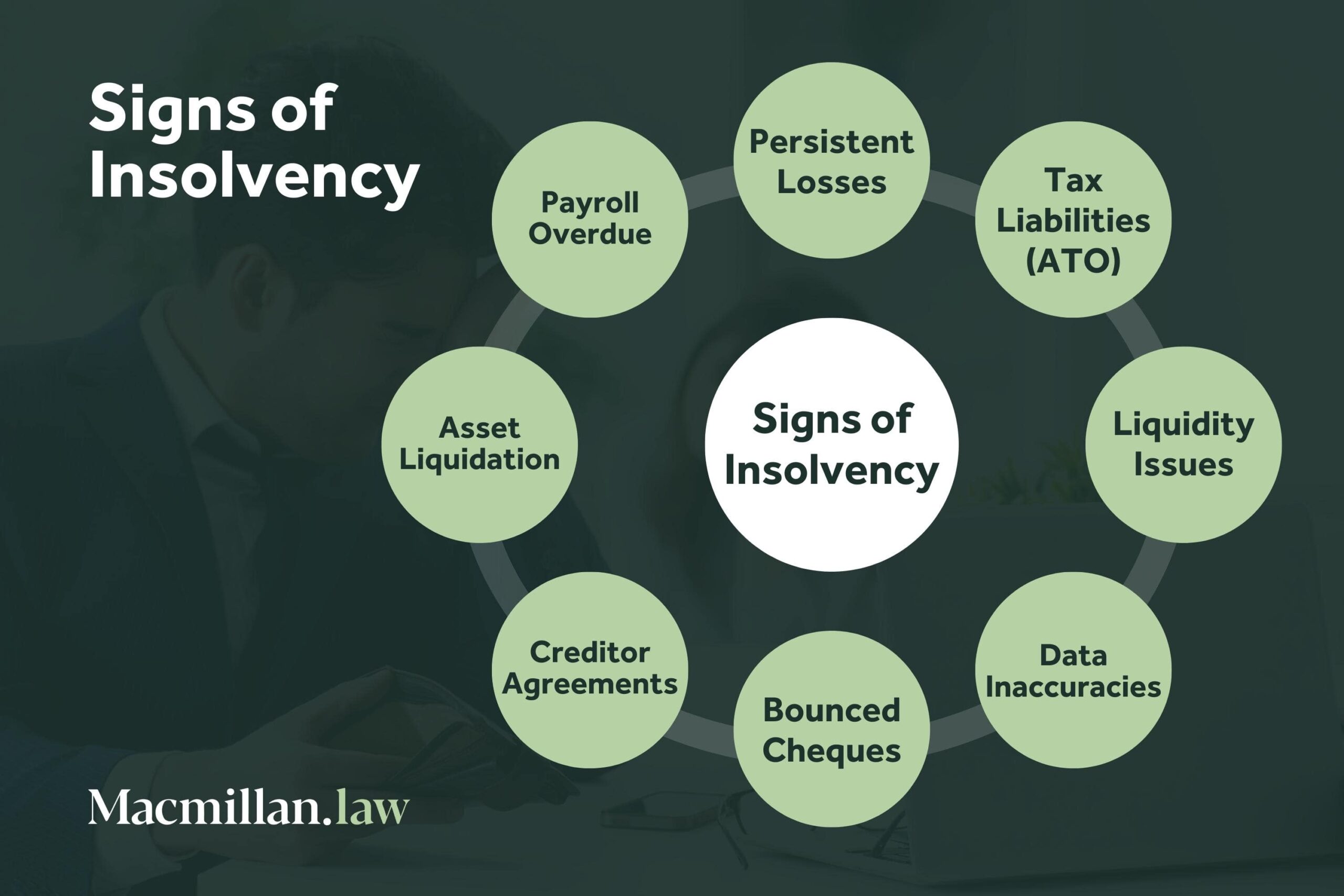The Main Principles Of Insolvency Practitioner
Table of ContentsThe 2-Minute Rule for Insolvency PractitionerInsolvency Practitioner Fundamentals ExplainedHow Insolvency Practitioner can Save You Time, Stress, and Money.Getting The Insolvency Practitioner To WorkOur Insolvency Practitioner StatementsThe Main Principles Of Insolvency Practitioner The Ultimate Guide To Insolvency Practitioner
Insolvency is when obligations are more than the value of the firm, or when a borrower can not pay the financial obligations they owe. A business can come to be insolvent due to a variety of situations that cause inadequate money circulation. When confronted with bankruptcy, a company or individual can get in touch with financial institutions directly and restructure financial debts to pay them off.Insolvency can cause bankruptcy procedures, in which legal activity will be taken against the insolvent person or entity, and properties may be sold off to settle arrearages. Entrepreneur may contact financial institutions straight and restructure financial debts into more convenient installments. Lenders are generally responsive to this strategy because they wish to be paid back and stay clear of losses, even if the settlement gets on a delayed schedule.
Insolvency Practitioner Things To Know Before You Buy
The proprietor creates a proposition outlining exactly how the financial debt may be reorganized using expense reductions or other plans for support. The proposition shows financial institutions just how business might produce sufficient money flow for profitable operations while paying its financial debts. Commonly, a forgiven debt may be thought about income by the Internal Revenue Service (IRS).

Insolvency Practitioner - An Overview
When operations discontinue, so does the firm's income (Insolvency Practitioner). Some companies become financially troubled due to the fact that their goods or solutions do not progress to fit customers' altering needs.
Expenses exceed incomes and costs continue to be unsettled. Kinds of bankruptcy include cash-flow insolvency and balance-sheet bankruptcy. Cash-flow insolvency takes place when a business has the possessions to cover their debts but they remain in the wrong form, such as genuine estate as opposed to fluid funds. Balance-sheet bankruptcy, on the various other hand, suggests a lack of possessions in any type to cover debts.
The internal revenue service states that an individual is bankrupt when the overall responsibilities surpass overall assets. A personal bankruptcy, on the various other hand, is an actual court order that shows how an insolvent individual or business will pay off their creditors, or how they will offer their properties in order to make the repayments.
The Best Strategy To Use For Insolvency Practitioner

Debt consolidation is when you incorporate multiple lendings right into one new lending, frequently to attain much better terms. Insolvency is not the very same as personal bankruptcy, although a business that has come to be bankrupt may apply for bankruptcy. Insolvency is the state of not being able to pay your obligations while bankruptcy is a legal process to discharge your financial debts.
Understanding the factors that can lead to bankruptcy, such as overspending, can help you stop bankruptcy and its repercussions.
Insolvency Practitioner - Questions
It is well understood that supervisors and officers of firms (and managers of restricted liability firms) owe fiduciary tasks to their organizations and their shareholders (or participants). These fiduciary responsibilities are defined by state statutes and, though there are variations from one state to another, they commonly include a task of commitment and a responsibility of treatment.
The obligation of treatment here are the findings needs directors and police officers to work out diligence, to make informed decisions, and to act in great confidence so that their actions remain in the very best passion of the firm. Beyond the scope of this discussion, some states permit these duties to be limited either by so noting in the organizational documents or complying with various other needs.
Some Known Factual Statements About Insolvency Practitioner
A lot of states specify bankruptcy in two means( 1) when a business's liabilities come to be above the sum of its properties or (2) when the company ends up being unable to pay its financial obligations as they end up being dueand welcome both interpretations (Insolvency Practitioner). The change in duties occurs due to the fact that when a firm is financially troubled, there is no value in the firm past that owed to the company's creditors so that the equity owners no much longer have an economic risk in the company
Be mindful about providing shareholders favoritism at the expense of financial institutions (e.g., accrediting and moneying a reward or a supply redemption). Beware concerning favoritism between courses of investors. Make reasonable efforts to discover all the truths before taking a particular training course of activity; supervisors must truly believe that any choices made remain in the most effective passions of the firm in its totality (i.e., decisions will be reviewed in hindsight due to the impact of such actions on the company).
In any kind of bankruptcy or bankruptcy case, payments made to certain lenders at the expenditure of various other lenders can be clawed back, especially why not look here if there is some connection in between the business and the financial institution. Take into consideration suggesting at a yearly investor conference (or any various other meeting of investors) a resolution affirming that all prior service decisions and actions taken by the supervisors and officers of the firm were absorbed good confidence after an exercise of reasonable treatment.
The smart Trick of Insolvency Practitioner That Nobody is Discussing
Totally divulge any kind of individual or organization connections with celebrations beyond this link of deals including the firm to stay clear of the appearance of a problem of rate of interest. In evaluating prospective fund elevating transactions or a sale of properties of the struggling corporation, be conscious that these purchases might be inspected later on due to any type of succeeding expansion of directors' fiduciary obligations to consist of financial institutions.